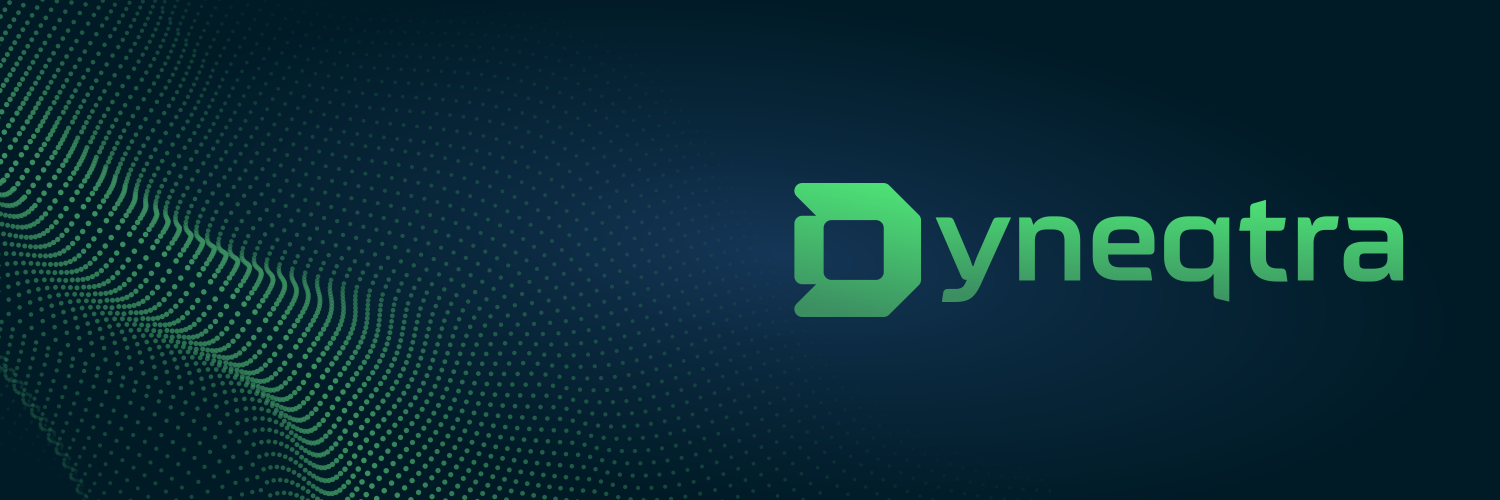- 🖐️ Drag-and-drop: Visually build and test workflows in seconds.
- 🧪 Evals: Quickly test and refine agent steps interactively.
- 🧰 Tools: Connect to Slack, Google Sheets, GitHub, and more.
- 🗃️ RAG: Parse, chunk, embed, and upsert data into a vector DB in a few clicks.
- 🚀 1-Click Deploy: Publish as an API and integrate wherever you want.
- 🤖 Multi-agent: Orchestrate and manage conversations across multiple agents.
- 🐍 Python-based: Add new nodes by creating a single Python file.
- 🎛️ Flexible: Agnostic to LLMs, embedders, and vector databases.
You can launch dyneqtra-dev using pre-built docker images in the following steps:
-
Clone the repository:
git clone /~https://github.com/dyneqtra/dyneqtra-dev cd dyneqtra-dev -
Create a .env file:
Create a
.envfile at the root of the project. You may use.env.exampleas a starting point.cp .env.example .env
Please go through the .env file and change configs wherver necessary If you plan to use third party model providers, please add their API keys in the .env file in this step.
-
Start the docker services:
docker compose -f ./docker-compose.prod.yml up --build -d
This will start a local instance of dyneqtra-dev that will store spurs and other state information in a postgres database. A local postgres service is used by default. Override
POSTGRES_*variables in the.envfile to use an external postgres database. -
Access the portal:
Go to
http://localhost:6080/in your browser.
Set up is completed. Click on "New Spur" to create a workflow, or start with one of the stock templates.
The steps for dev setup are same as above, except for step 3: we launch the app in the dev mode instead
-
Start the docker services:
docker compose up --build -d
This will start a local instance of dyneqtra-dev that will store spurs and other state information in a postgres database. A local postgres service is used by default. Override
POSTGRES_*variables in the.envfile to use an external postgres database.
dyneqtra-dev can work with local models served using Ollama.
Steps to configure dyneqtra-dev to work with Ollama running on the same host.
To ensure Ollama API is reachable from dyneqtra-dev, we need to start the Ollama service with environment variable OLLAMA_HOST=0.0.0.0 . This allows requests coming from dyneqtra-dev docker's bridge network to get through to Ollama.
An easy way to do this is to launch the ollama service with the following command:
OLLAMA_HOST="0.0.0.0" ollama serveNext up we need to update the OLLAMA_BASE_URL environment value in the .env file.
If your Ollama port is 11434 (the default port), then the entry in .env file should look like this:
OLLAMA_BASE_URL=http://host.docker.internal:11434(Please make sure that there is no trailing slash in the end!)
In dyneqtra-dev's set up, host.docker.internal refers to the host machine where both dyneqtra-dev and Ollama are running.
Follow the usual steps to launch the dyneqtra-dev app, starting with the command:
docker compose -f docker-compose.prod.yml up --build -dIf you wish to do dyneqtra-dev development with ollama please run the following command instead of above:
docker compose -f docker-compose.yml up --build -dYou will be able to select Ollama models [ollama/llama3.2, ollama/llama3, ...] from the sidebar for LLM nodes.
Please make sure the model you select is explicitly downloaded in ollama. That is, you will need to manually manage these models via ollama. To download a model you can simply run ollama pull <model-name>.
dyneqtra-dev only works with models that support structured-output and json mode. Most newer models should be good, but it would still be good to confirm this from Ollama documentation for the model you wish to use.
You can support us in our work by leaving a star! Thank you!
- Canvas
- Async/Batch Execution
- Evals
- Spur API
- Support Ollama
- New Nodes
- LLM Nodes
- If-Else
- Merge Branches
- Tools
- Loops
- RAG
- Pipeline optimization via DSPy and related methods
- Templates
- Compile Spurs to Code
- Multimodal support
- Containerization of Code Verifiers
- Leaderboard
- Generate Spurs via AI
